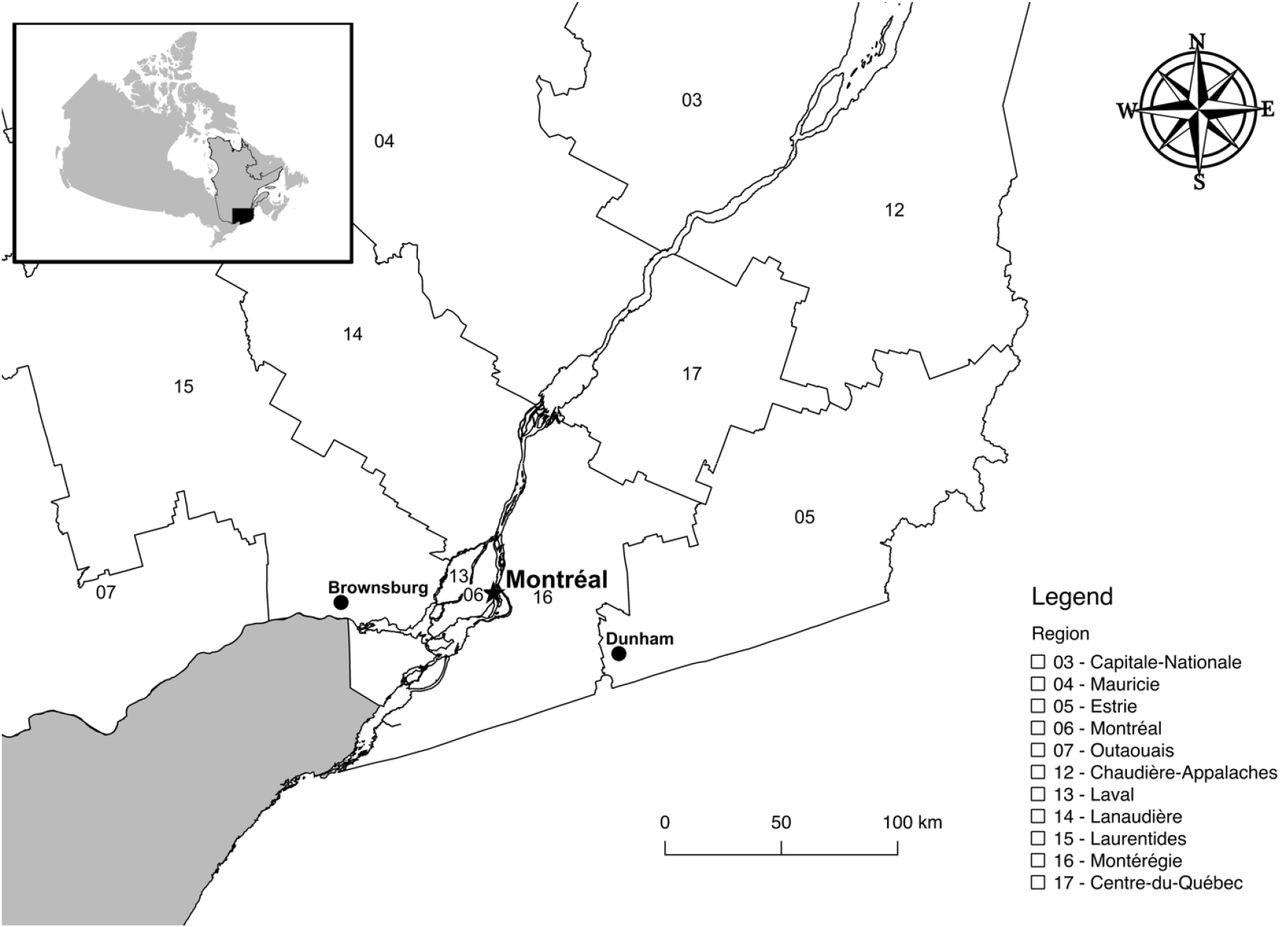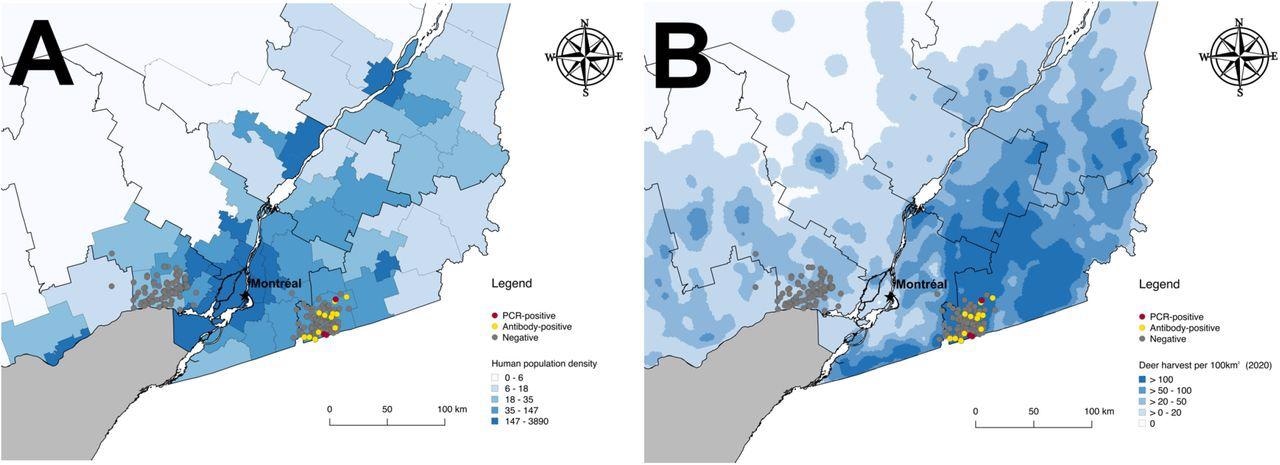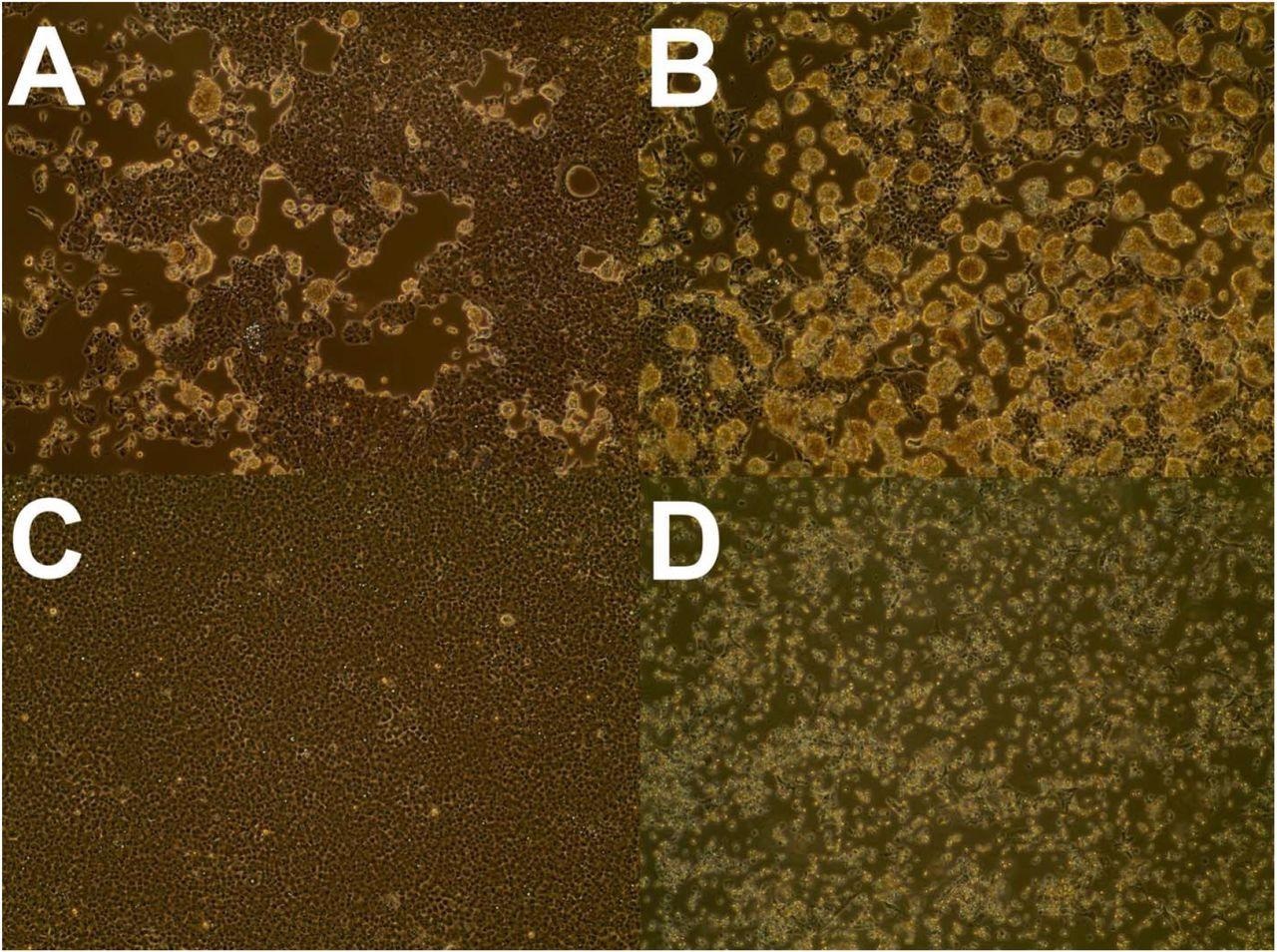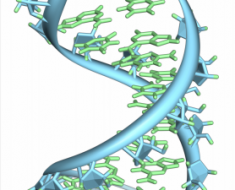In a recent study posted to the bioRxiv* preprint server, scientists investigated severe acute respiratory syndrome coronavirus 2 (SARS-CoV-2) infection in white-tailed deer (WTD) in southern Québec, Canada, as part of a more extensive pan-Canadian analysis into SARS-CoV-2 spillover into wildlife. To further define SARS-CoV-2 infection in this species, researchers used viral genomes and isolation.
As the pandemic advances, new data about susceptible species that could operate as competent SARS-CoV-2 reservoirs emerge. Because of experimental evidence of susceptibility as well as recent evidence of SARS-CoV-2 exposure and infection in the northeastern United States, WTD is now regarded as a very relevant species.

Study: First detection of SARS-CoV-2 infection in Canadian wildlife identified in free-ranging white-tailed deer (Odocoileus virginianus) from southern Québec, Canada. Image Credit: Tom Reichner / Shutterstock.com
About the study
In this study, samples were taken from 258 WTD in two areas – the Estrie region and Laurentides – from southern Québec, Canada. Adults (92%) and males (79%) made up the majority of the sampled WTD.
Samples included 251 nasal swabs and 104 retropharyngeal lymph nodes from 258 deer that were examined for SARS-CoV-2 ribonucleic acid (RNA) through reverse transcription-polymerase chain reaction (RT-PCR), underwent full genome sequencing and virus isolation in November 2021, and 251 thoracic cavity fluid samples were screened for neutralizing antibodies.

Map of southern Québec administrative regions and corresponding identification numbers within the study region. Inset shows location of Québec (outlined) and study region (shaded black) within Canada.
Results
The first detection of SARS-CoV-2 exposure and infection in WTD in Canada is described in this study. SARS-CoV-2 was found in 1.2% of deer nasal swabs, while neutralizing antibodies against SARS-CoV-2 was found in 5.6% of the samples. Notably, the prevalence of SARS-CoV-2 infection in WTD described in this study is significantly lower than that reported in Iowa (33.2%) and Ohio (35.8%).

Map of southern Québec with the locations of confirmed SARS-CoV-2 PCR positive (red), serology positive (yellow), and PCR and serology negative (grey) white-tailed deer from November 6 – 8 2021. Infection and exposure data are superimposed on (A) a choropleth map of human population density (per km2) by regional county municipalities (thin grey boundaries) and (B) a heatmap of deer harvest density per 100km2 from 2020 as a proxy for deer population density. Administrative regions are indicated by black boundaries
Similarly, the seroprevalence is substantially lower than the 40% recorded for the northeastern United States and the 37% reported for Texas. This finding could indicate that the spread of SARS-CoV-2 to WTD in this part of Québec is very recent.
All PCR-positive and seropositive WTD were found in the Estrie region. Even though the researchers included SARS CoV-2 sequences from humans from Québec, no sequences from the Estrie region were available, indicating regional undersampling of SARS-CoV-2 sequences from humans.
Whole SARS-CoV-2 genome sequences were found to possess two S gene variants – S:T22I and S:A27V – that differed from the deer and the most closely related AY.44 sequences from GISAID in the current study. This finding suggests that SARS-CoV-2 has been circulating in WTD for some time and that genetic markers could be valuable for tracking SARS-CoV-2 transmission and evolution in future studies of WTD and human genomes. However, it is unclear whether these improvements will have a broader impact on public health.

Observed cytopathic effect in VeroE6 cells inoculated with nasal swabs from SARS-CoV-2 positive white-tailed deer at 5 days post-infection (A-4055, B-4249) with a mock-inoculated negative control (C) and positive control inoculated with a nasopharyngeal clinical specimen from a COVID-19 patient (D). Magnification was 100x.
The researchers were able to isolate live SARS-CoV-2 from two of the three Canadian Food Inspection Agency (CFIA)-confirmed PCR-positive nasal swabs. According to prior research, productive viral replication is restricted to the upper respiratory tract, with infectious virus shedding in infected WTD's nasal secretions. While there is no evidence of SARS-CoV-2 transmission from deer to humans at this time, these findings highlight the dangers of human contact with wild and captive WTD.
Limitations
There are a few limitations to this study. First, while taking advantage of the usual WTD hunting season yielded a significant number of samples, the current study took place over a short period of time and covered a relatively small geographic area. Second, the samples used in this investigation had been harvested post-mortem. Although 98% of samples were collected within 48 hours of harvest, sample degradation likely happened during that time.
Conclusion
The study findings show a need for more WTD surveillance in Québec and across Canada. More research is needed to learn how the virus is transmitted from humans to deer, how efficiently and sustainably the virus is transmitted among deer in the wild, if WTD could serve as a reservoir for SARS-CoV-2 in Canada, how viral adaptations occur in WTD, and if and how frequently deer-to-human transmission occurs.
To ensure that a One Health strategy is applied to this urgent pandemic threat by guiding evidence-based decision-making for human and animal health, ongoing coordinated and cross-disciplinary efforts are necessary.
*Important Notice
bioRxiv publishes preliminary scientific reports that are not peer-reviewed and, therefore, should not be regarded as conclusive, guide clinical practice/health-related behavior, or treated as established information.
- First detection of SARS-CoV-2 infection in Canadian wildlife identified in free-ranging white-tailed deer (Odocoileus virginianus) from southern Québec, Canada. Jonathon D. Kotwa, Ariane Massé, Marianne Gagnier, Patryk Aftanas, Juliette Blais-Savoie, Jeff Bowman, Tore Buchanan, Hsien‑Yao Chee, Antonia Dibernardo, Peter Kruczkiewicz, Kuganya Nirmalarajah, Catherine Soos, Lily Yip, L. Robbin Lindsay, Oliver Lung, Bradley Pickering, Samira Mubareka. medRxiv. 2022. DOI: https://doi.org/10.1101/2022.01.20.476458, https://www.biorxiv.org/content/10.1101/2022.01.20.476458v1
Posted in: Medical Science News | Medical Research News | Disease/Infection News
Tags: Antibodies, Coronavirus, Coronavirus Disease COVID-19, covid-19, Evolution, Food, Gene, Genetic, Genome, Lymph Nodes, Magnification, Nasopharyngeal, Pandemic, Polymerase, Polymerase Chain Reaction, Public Health, Research, Respiratory, Ribonucleic Acid, RNA, SARS, SARS-CoV-2, Serology, Severe Acute Respiratory, Severe Acute Respiratory Syndrome, Syndrome, Transcription, Virus

Written by
Saurabh Chaturvedi
Saurabh Chaturvedi is a freelance writer from Jaipur, India. He is a gold medalist in Masters in Pharmaceutical Chemistry and has extensive experience in medical writing. He is passionate about reading and enjoys watching sci-fi movies.
Source: Read Full Article





